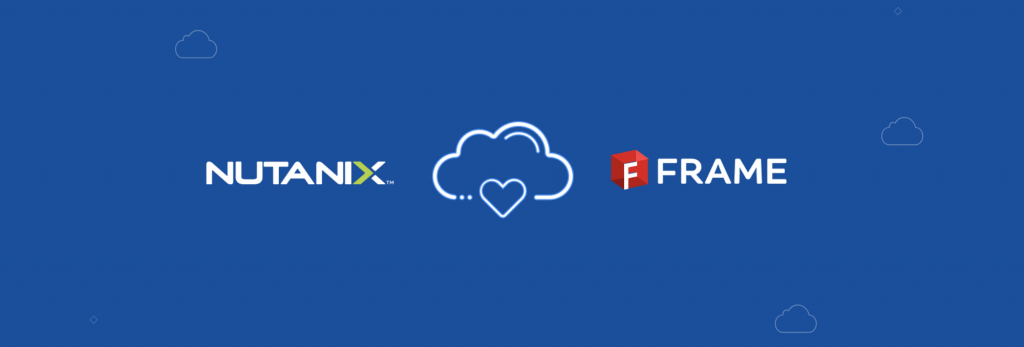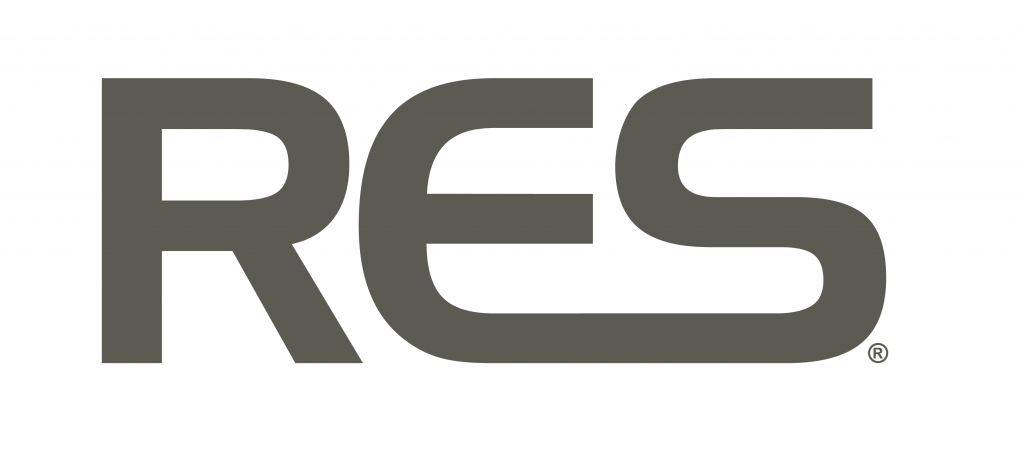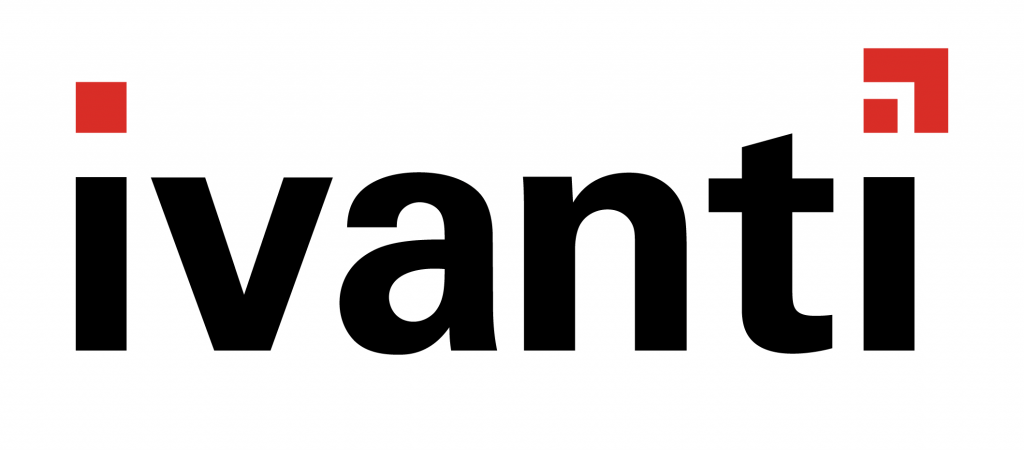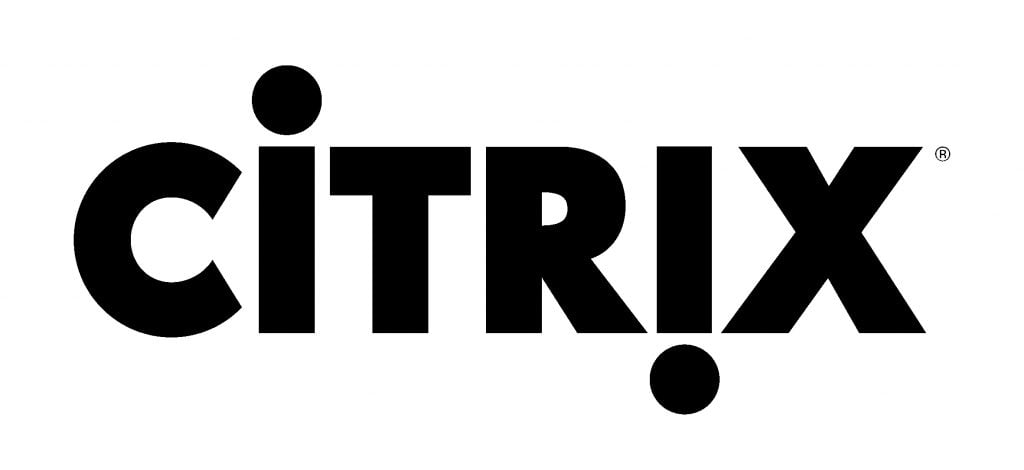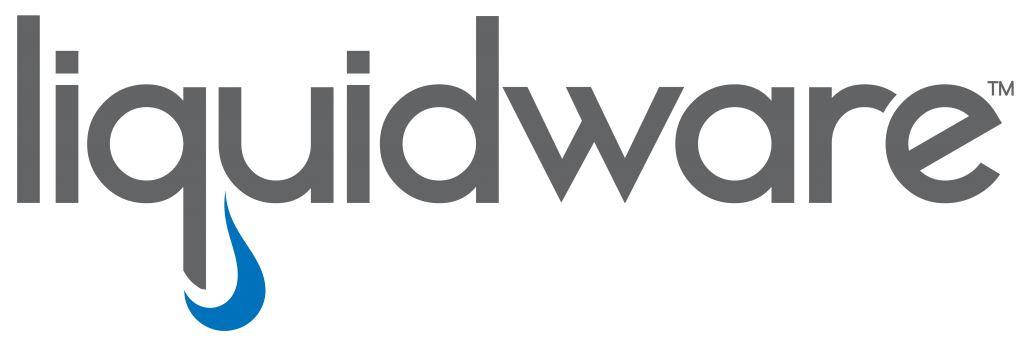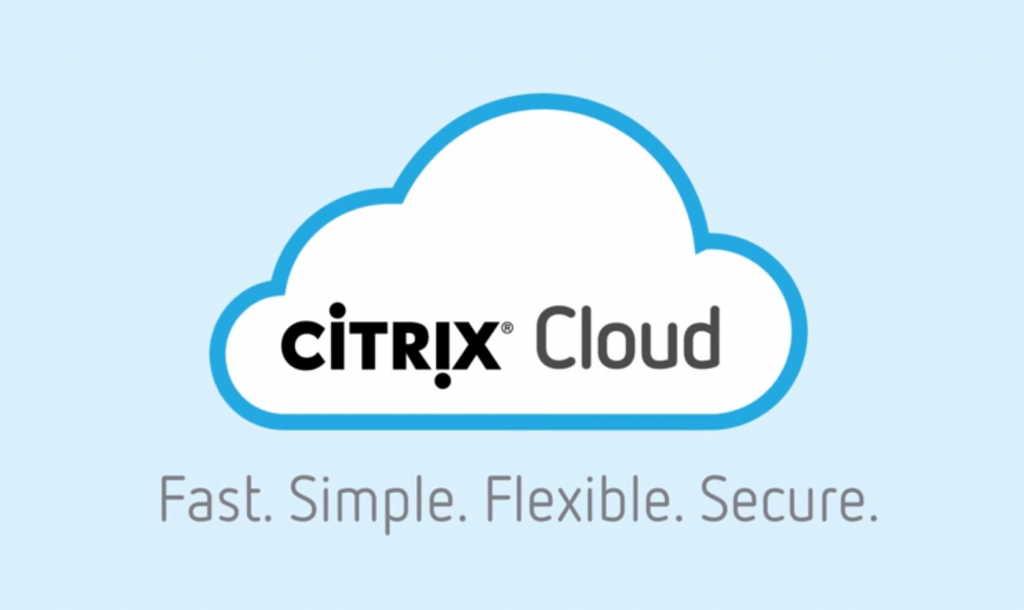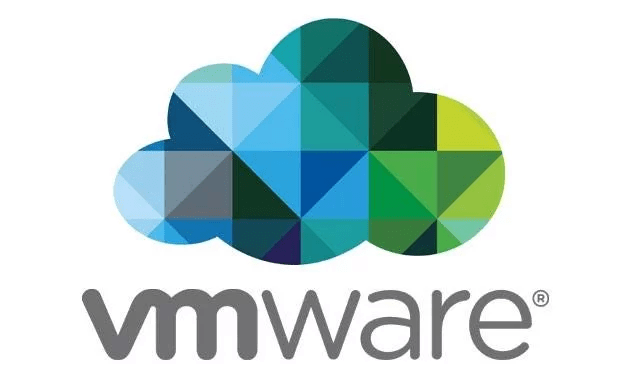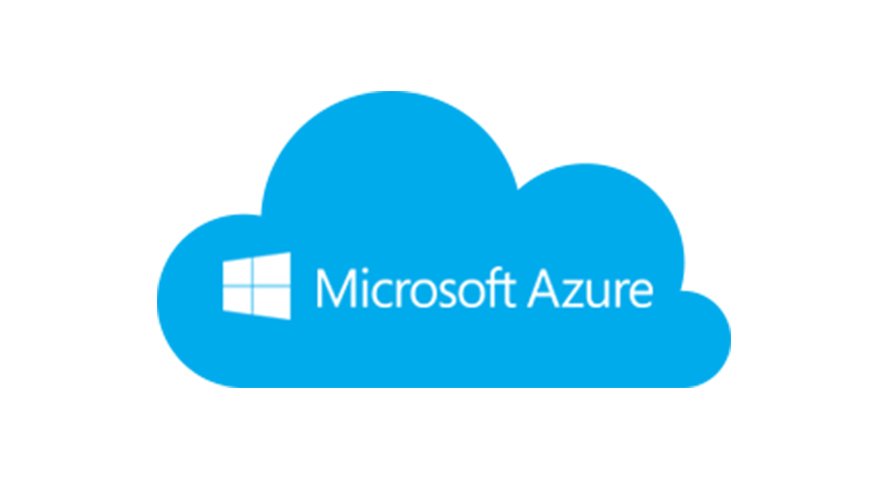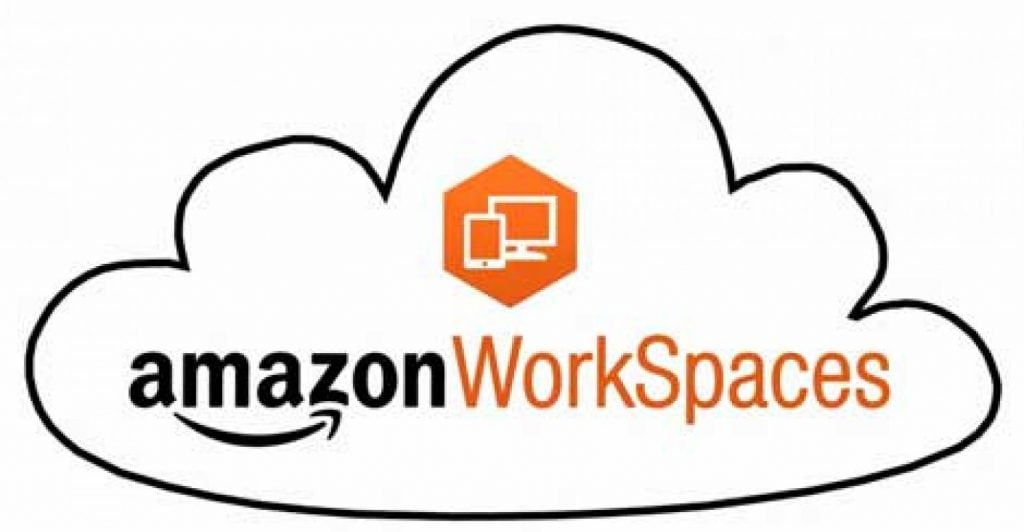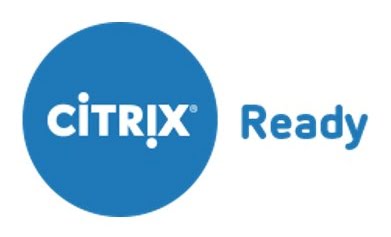
I have been working in and around the Remote Desktop Space for the last 20 years. In fact, you could say I cut my teeth on terminal services, my project receiving an honorable mention during Balmer’s keynote speech at the Windows 2000 launch.

User Experience has always been one of the most important aspects of Remote Desktops, because without a superb User Experience, there is no User Acceptance.
I feel this is one of the reasons that we have seen Terminal Servers (multiple users accessing a desktop session on a single server) being phased out in favor of VDI (a single user logging in to a Workstation-class operating system) over the last few years.
Terminal Services remained niche I believe in part because the delta in behavior was too great between it, and running a Workstation (or Laptop) locally. Typically, a Terminal Server would have to be locked-down more securely, as you are sharing your operating system with many other people. Applications would behave differently (there were cases where they wouldn’t run at all, but awesome technologies like AppDNA helped fix that along the way – it was deemed so important that Citrix bought them in 2011)

From an IT standpoint, we are now living in a world of empowerment and enablement versus the world of lockdown and standardization that we came from a decade ago. A User has now become a Consumer – consuming services provisioned by IT departments and self-serving productivity applications via the web (commonplace examples include Salesforce.com, Microsoft Office 365 and ServiceNow)
This Consumer has a need for instant gratification because they have Netflix, the Apple App Store and Spotify in their homes and can immediately get access to whatever they want, whenever or however they want. This has set an expectation that they will get the same in the workplace, and if the IT department cannot feed that expectation, they will satisfy their needs themselves. But I digress and SHadow IT and Insider Threats is a topic for another day.

Over the years the main players – Citrix, VMware plus of course the ever-present native Microsoft option have tirelessly been campaigning that this will be the “year of VDI”
Smaller, emerging vendors like Awingu, Parallels and more recently Nutanix following their acquisition of Frame in summer 2018 have been biting at their heels, coming out with new, innovative ideas making the tech more interesting and ensuring that the costs continue to tumble.
Add to that, the low-cost ways to connect into this infrastructure from vendors like Igel and Atrust, both of whom are now marketing a piece of conversion software that allows you to easily re-purpose your old, legacy PC as a thin client, means that the technology is maturing nicely, and could, in theory be adopted by the masses.
However, User Acceptance is still the top priority here, and that means the transition from high-powered desktop PC to a VDI session must be smooth and seamless.
Back in the good old days, we used to take away with one hand and give back with the other. For example, migrating users to terminal services would have been a case of taking away a dusty, beige PC and CRT monitor that took up half the desk space and replacing it with a tiny footprint thin client and an LCD monitor. I affectionately called this the magpie effect, as something shiny, new and state-of-the-art would mask the fact that at a functional level the user was actually losing out big time!
Well that trick doesn’t work anymore, so instead we must concentrate on minimizing the delta in functionality and make sure that the User is getting more, not less.
So faster logon times, better performance, best reliability, access from anywhere all become focus areas.
Before joining Spectrami, I spent twelve years working for RES, who along with AppSense were acquired by Ivanti. At RES we built a User Workspace Management tool which among other things sought to iron out the bumps and differences that a User would experience when traversing from Laptop to Desktop to Terminal Services to VDI.
I guess you could look at the Workspace as an abstraction layer – abstracting the User from the device, the operating system and the applications that they would be working with on a day-to-day basis. By abstracting the User from the layers below, it means you could swap out the hardware, the operating system or elements of the application stack seamlessly, without affecting the user, minimizing downtime, and maximizing productivity.
Over the years, various other UEM vendors were acquired by Citrix and VMware including Kevin Goodman’s RTO Software who sold out to VMware in 2010 but OEMd to Citrix in 2004. Aurema acquired by Citrix in 2007. Helge Klein’s sepagoProfile was acquired by Citrix in 2008 (note that Sepago are still trading as a specialist consultancy) Immidio acquired by VMware in 2015. Pierre Marmignon’s Norskale acquired by Citrix in 2016.
There are a couple of vendors left in this space like Tyler “T.Rex” Rohrer’s Liquidware and Appixoft Scense, but in the main, it’s now dominated by the behemoth that is Ivanti.
All of these acquisitions happened along the way out of necessity – it was to improve the User Experience, and minimize that all important delta that I keep going on about.
One of the factors that is making VDI more viable from a costings standpoint is the use of non-persistent desktops.
The idea behind this is that everyone’s session is spun out of a single image (referred to as a template or gold image), then any user-specific applications and of course the User’s own data are all layered in at the point of logon.
The benefit of non-persistent desktops is a massive reduction in storage needs, plus easier patching and updates (as you just maintain the one gold image)

The other pattern we are seeing across the IT industry as a whole, but specifically in the VDI space is the change in datacenter architecture. Having a dormant stack of compute resource ‘on standby’ for failover or DR is becoming a thing of the past, in favor of the new trend to run multiple datacenters in an active/active configuration.

The point being here, several live datacenters with fast, fat data pipes will make sure that the performance is blisteringly quick. Network load is distributed across multiple sites and load balancers cam ensure that compute load is distributed evenly too.
With the cost of fast links between sites tumbling on a daily basis, many are deploying active/active in their own Private Cloud infrastructure. Plus, others are looking at Public Cloud options, where multiple datacenters across multiple locations has been there since day one.
To support those with VDI needs, our friends at Citrix and VMware have both launched Cloud offerings.
The mainstream cloud vendors such as Microsoft (Azure) and Amazon (AWS) have also launched cloud desktop offerings too.
One of the things this whole technology space desperately needs to do is to make sure that data is shifted around quickly, efficiently and without glitches.
We’re back to User Experience again.
When I log on to a Virtual Desktop, the logon process must be blisteringly quick – I will not accept having to wait while my data is being transferred. Remember, I have two datacentres running active/active so my data must be available on both sites.
When I get my desktop, my expectation is one of familiarity – I expect to see all my documents and shortcuts on the desktop, where I left them yesterday. Bear in mind that this is a non-persistent desktop that has just been created from a template, so it’s a tall order.

At the end of the day, when I log off, I will not accept having to wait for several minutes for all my data to be copied from my VDI session back to the file server. I’ve logged off and I want to go home. In fact, it’s not unusual to see a user just switch off at the wall come home time.
Back in the day, we used to rely on technologies like the Microsoft File Sync framework – it’s job would be to assist with all our file and folder synchronization needs. Indeed, Microsoft themselves based some of their own Profile Management (which they cheekily called Microsoft User Experience Virtualization) efforts on this technology, and we all know how well that works.
It’s just not up to the tasks of a modern computing environment – SyncToy, which is where the Microsoft File Sync framework came from has been around since PowerToys for Windows 95, and hasn’t been enhanced since it’s release.
This is where our friends at Peer Software come in – they have been around since 1993 and all they have done since their inception is focus on quickly and efficiently replicating files and folders between two or more points. They are the Jedi Masters of File Management!
I look back at some of the projects I have been involved with over the years, and wish I had known about Peer Software then, as I can’t help but think how it would have improved the User Experience. You see, Peer Software’s product PeerSync can be configured to replicate nonstop between points. The replication is continuous, and synchronous so it lends itself perfectly to active/active datacenters. It also replicates just the changes, so is really lightweight in terms of network utilization and bandwidth.
As well as replication across Microsoft Windows File Servers, Peer Software also have partnerships with NetApp, EMC and more recently Nutanix – where in all three cases, they are working through the vendors APIs to attach to the storage.
I find the Nutanix partnership very interesting – this is aimed as a Nutanix Files (formerly known as Acropolis File Services) up-sell, however, I think with the Nutanix’s acquisition of Frame, this could play out really nicely in the VDI space too.
Peer Software are also a Citrix Ready Partner too, so there is some recognition there of the value brought to this space, perhaps not something Citrix are shouting about too much currently, as it highlights a few shortcomings in their own portfolio. I think we all felt that Citrix would do more in this space when they acquired ShareFile in 2011, but this product line aimed squarely at the Enterprise Dropbox space and didn’t really spill into other areas of the product sets. That means Citrix continue to rely on Microsoft to take care of the file replication needs.
Most recently, Peer Software have announced that PeerSync now supports Cloud replication, with full support for technologies such as Microsoft Azure, StorSimple and Scality
Spectrami are the UK Distributor for Peer Software, and if you are interested in the technology, please don’t hesitate to get in touch.
Categories: technical

